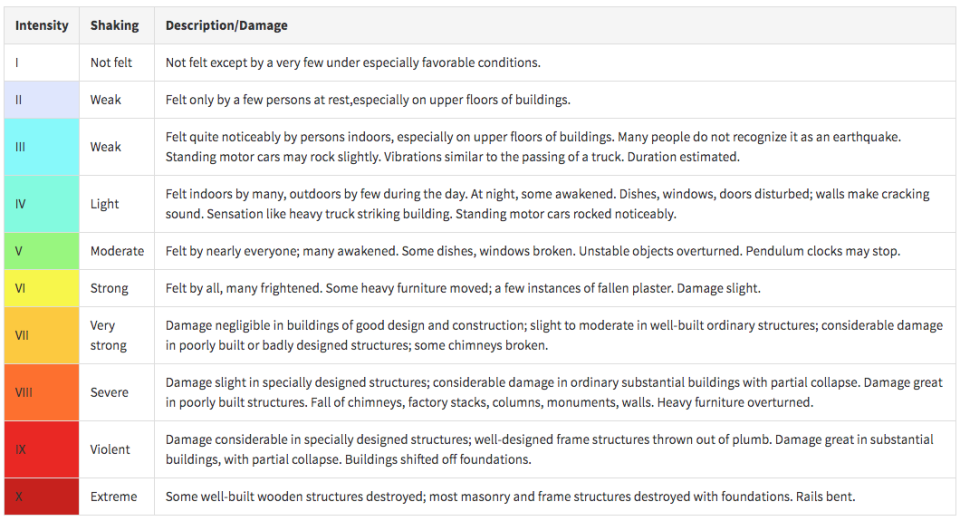What triggers an earthquake and how are they measured? A California physicist answers
On Thursday afternoon, a 5.5-magnitude earthquake rattled Northern California, its epicenter at Lake Almanor in northwestern Plumas County. The aftershock struck at 3:18 a.m. Friday and had a magnitude of 5.2.
EDITOR’S NOTE: The following excerpt was originally published on Dec. 20 2022, after an earthquake in Humbolt County. It has been edited for context.
The Bee spoke to seismologist Dr. Julian Lozos, an earthquake physicist and associate professor at California State University Northridge about what triggers an earthquake and how they are measured.
What triggers an earthquake?
An earthquake is triggered when there is a sudden release of energy which then causes seismic waves and causes the ground to shake.
Lozos refers to earthquakes much like a human when they hold stress. They can have their coping mechanisms but at some point that stress will catch-up and there will be a breaking point.
With earthquakes “the stress comes from plates trying to move and the faults are holding themselves together with friction,” which he says is like a coping mechanism for the fault.
“At a certain point a fault cant take it anymore, it’s not strong enough to withstand all the stress coming from plate and movement and the friction gives way and at that point the fault unzips like a zipper,” Lozos said which creates an earthquake.
How are earthquake magnitudes measured?
In the United States, the Modified Mercalli (MM) Intensity Scale is used to determine the magnitude of earthquakes.
The scale classifies the intensity and the observed structural damages of an earthquake.

Active faults in California
In California, there are hundreds of active faults, Lozos said.
For a geologist to classify hazardous faults, they must first determine if a fault was active since the last ice age — 11,000 years ago. Once they assess if the fault has been active, they can determine which represent the most hazards.
Sometimes the biggest faults aren’t necessarily the biggest problems.
“Some are really small, some of them are really big,” said Lozos. “But the thing about hazard is that often it’s not necessarily the biggest one that’s the biggest problem so much as the one that is closest to you.”
If you’re curious if your home sits on a fault, the California Department of Conservation has an online map where you can search fault activity throughout California.
Is a 9.0 earthquake possible?
Yes, but the chances of an earthquake of that magnitude happening any time soon are unlikely.
Earthquakes of a 9 magnitude happen every 400 to 600 years, Lozos said. The last one that occurred and was recorded was in 1700.
What do you want to know about life in Sacramento? Ask our service journalism team your top-of-mind questions in the module below or email servicejournalists@sacbee.com.

